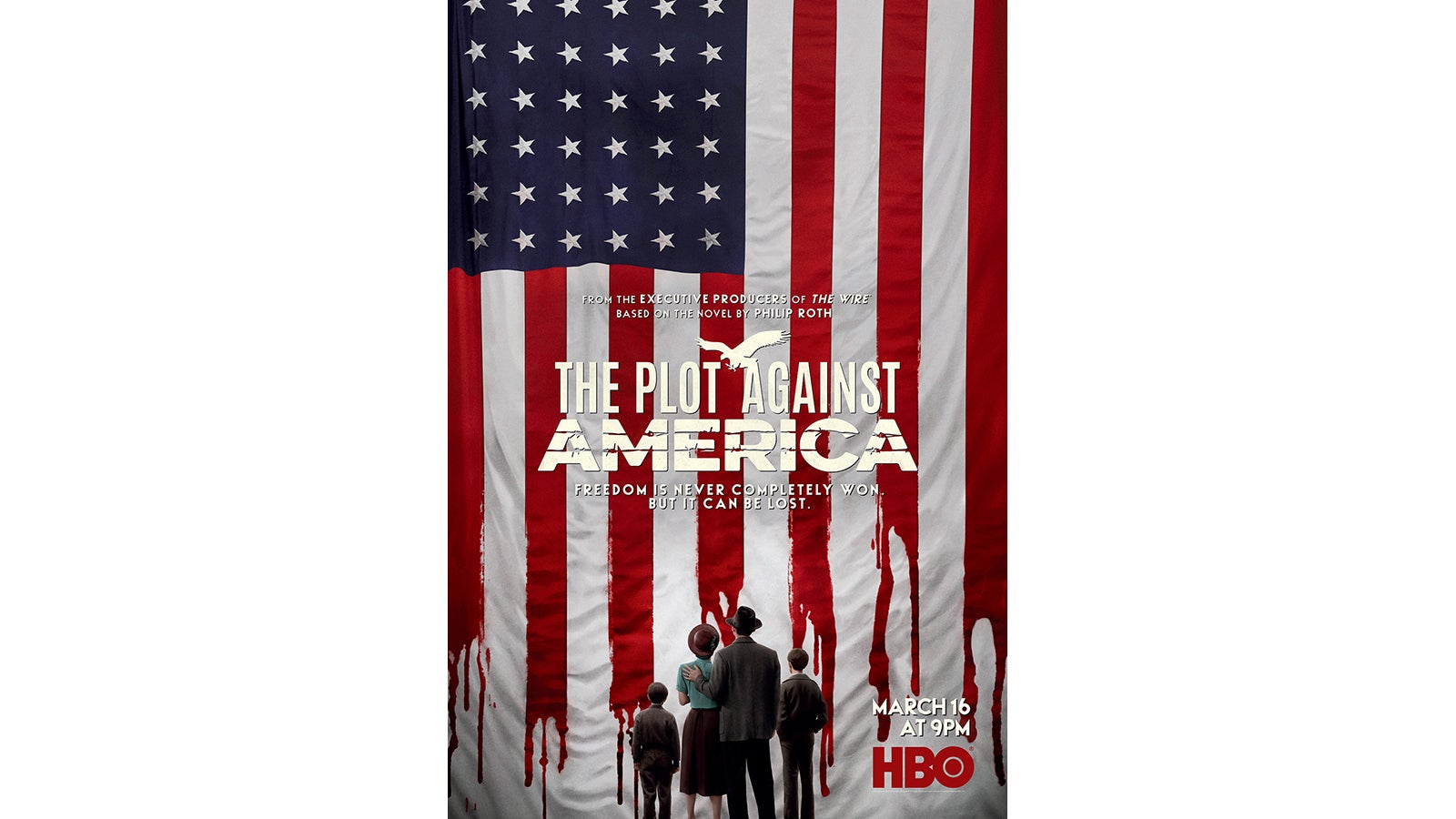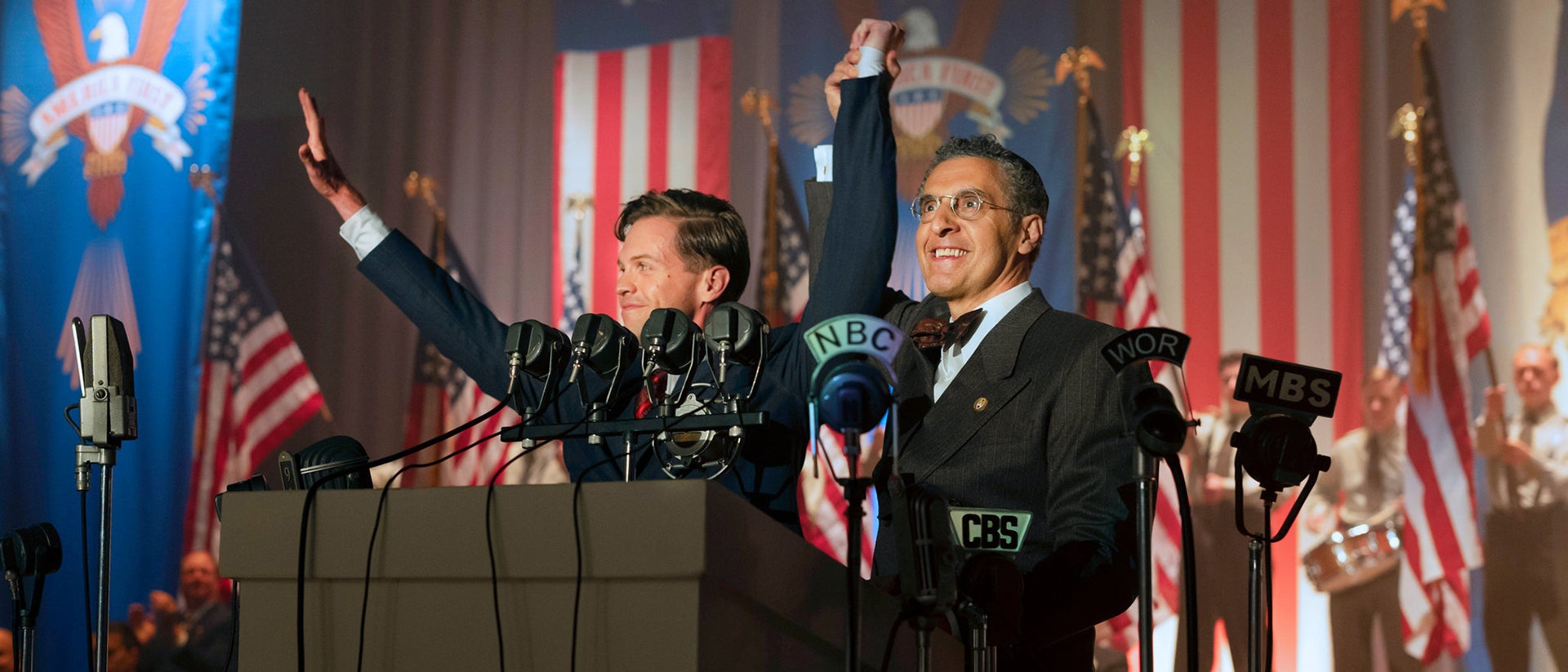
05-05-2020 - Case Study
How "The Plot Against America" DP Martin Ahlgren Used Deep Focus to Capture an Alternative History
By: No Film School
Capturing a country on the brink of fascism with clear focus.
David Simon and Ed Burns, who were co-creators of "The Wire," bring us "The Plot Against America," a six-part HBO series that asks what if famous aviator Charles Lindbergh, running on an antiwar, anti-Semitic platform, won the 1940 presidential election instead of Franklin D. Roosevelt.
The limited series is adapted from the Philip Roth novel of the same name, and its alternative history is chilling. To create the visual palette behind the period piece, show creators looked to cinematographer Marten Ahlgren, whose work includes "Daredevil," "Altered Carbon," and "House of Cards," for which he was nominated for an Emmy.
Ahlgren met with directors, Thomas Schlamme ("The West Wing," "The Americans") and Minkie Spiro ("Better Call Saul," "Downton Abbey"), each of which would be helming three episodes, to discuss his point of view of the project.
Inspiration for the cinematographer came from the golden age of photojournalism during the ‘30s, ‘40s, and ‘50s, including photographers Margaret Bourke-White, Helen Levitt, and Robert Frank. Though photographed in black and white, it was the characteristics in the composition, framing, and lighting along with the contrast and shadows of the imagery that would go on to inform the visual palette of "The Plot Against America."
“The photographers of that period created images that told complicated human stories with authenticity and ambiguity. The photographs have an elegance and immediacy that puts you right in the scene, often by using wider lenses close to the action, with greater depth of field, and framings that present levels of depth that allow us to look around and find multiple areas of interest,” says Ahlgren.
Deep focus became part of the look of the series. Ahlgren wanted to hold as much as possible in focus and let the viewer decide where to look. The two ways you can achieve this is either through a smaller aperture or a smaller image recording area. The cinematographer tapped both.
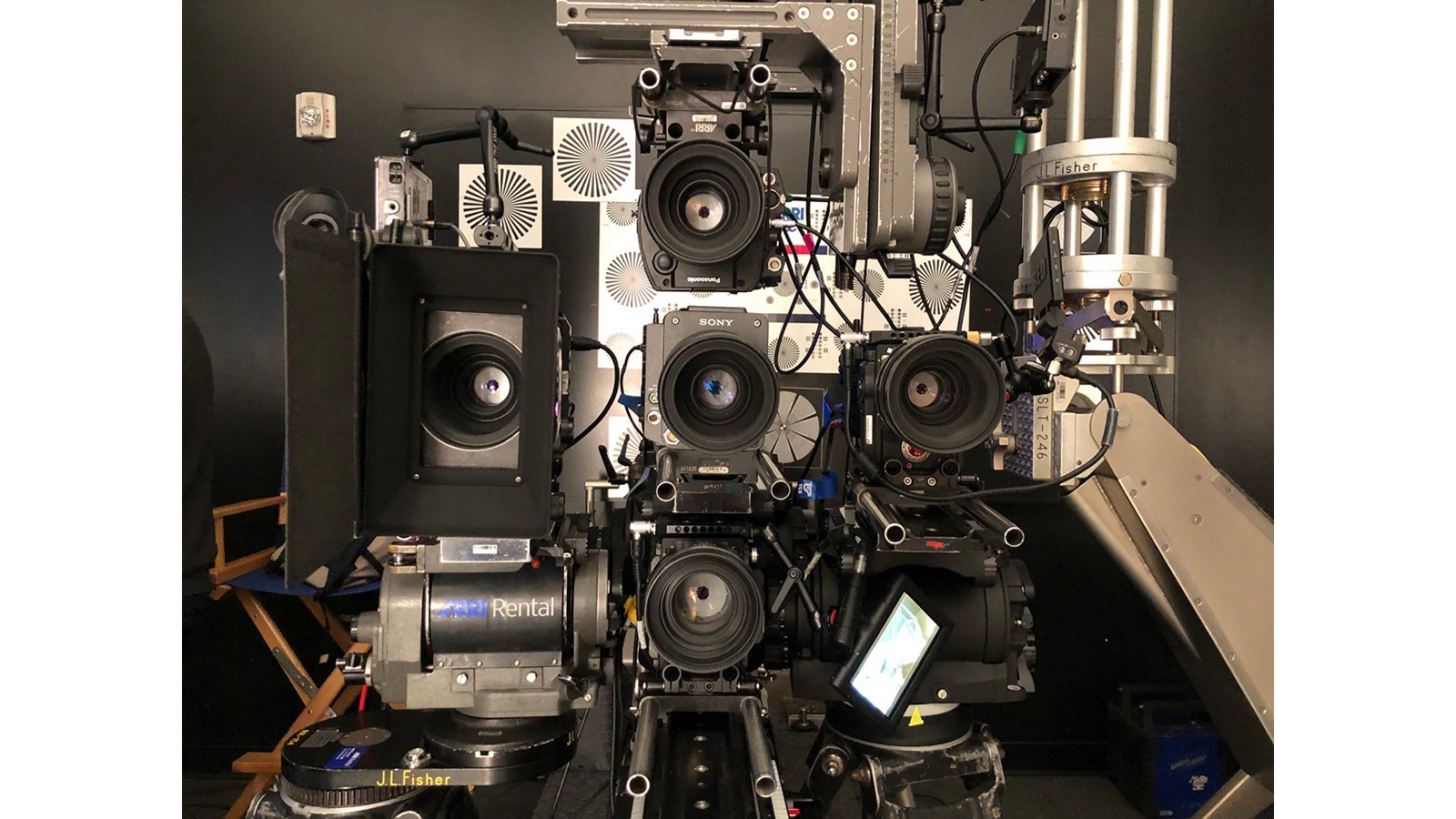
Ahlgren tested five different cameras to find the right balance between shooting format and resolution – ARRI Alexa Mini, RED Helium 8K S35, RED Gemini 5K S35, Panasonic Varicam, and the Sony VENICE. He paired each with a lens from several sets of Cooke S4 lenses, chosen because of the tight spacing in between focal lengths. The test was designed to have the five cameras match depth of field to each other at the same field of view, which was achieved through matching the right focal length to image sensor size (for field of view) and the ISO setting to aperture (for depth of field).
In a DI suite, he compared the different looks, looking at dynamic range, noise level, and color rendition, as well as more subjective qualities, like how well they handled skin tones or if a bright practical looked pleasing.
“I thought going in that the RED Helium was going to be a real contender because it has a tight pixel pitch making it possible to record on a small part of the sensor and still have enough resolution, but we didn’t think it had the right look for this project. We did like the look of the Alexa Mini in Super 16 mode, where the camera windows the sensor to 16mm. Although the camera outputs a 1080p image which was technically all that was required from HBO, in reality it captures about 1600 x 900 pixels, and they felt that was not enough, which can be understandable in the year 2019. The other three cameras were chosen for their higher ISO settings, and what won out in the end was the Sony VENICE windowed down to a smaller sensor size at 3K. For our purposes, the windowed sensor and higher ISO won me over.”
Read more about how Ahlgren created the unique look of "The Plot Against America" in the rest of the original article on NoFilmSchool.com. Reposted with permission.
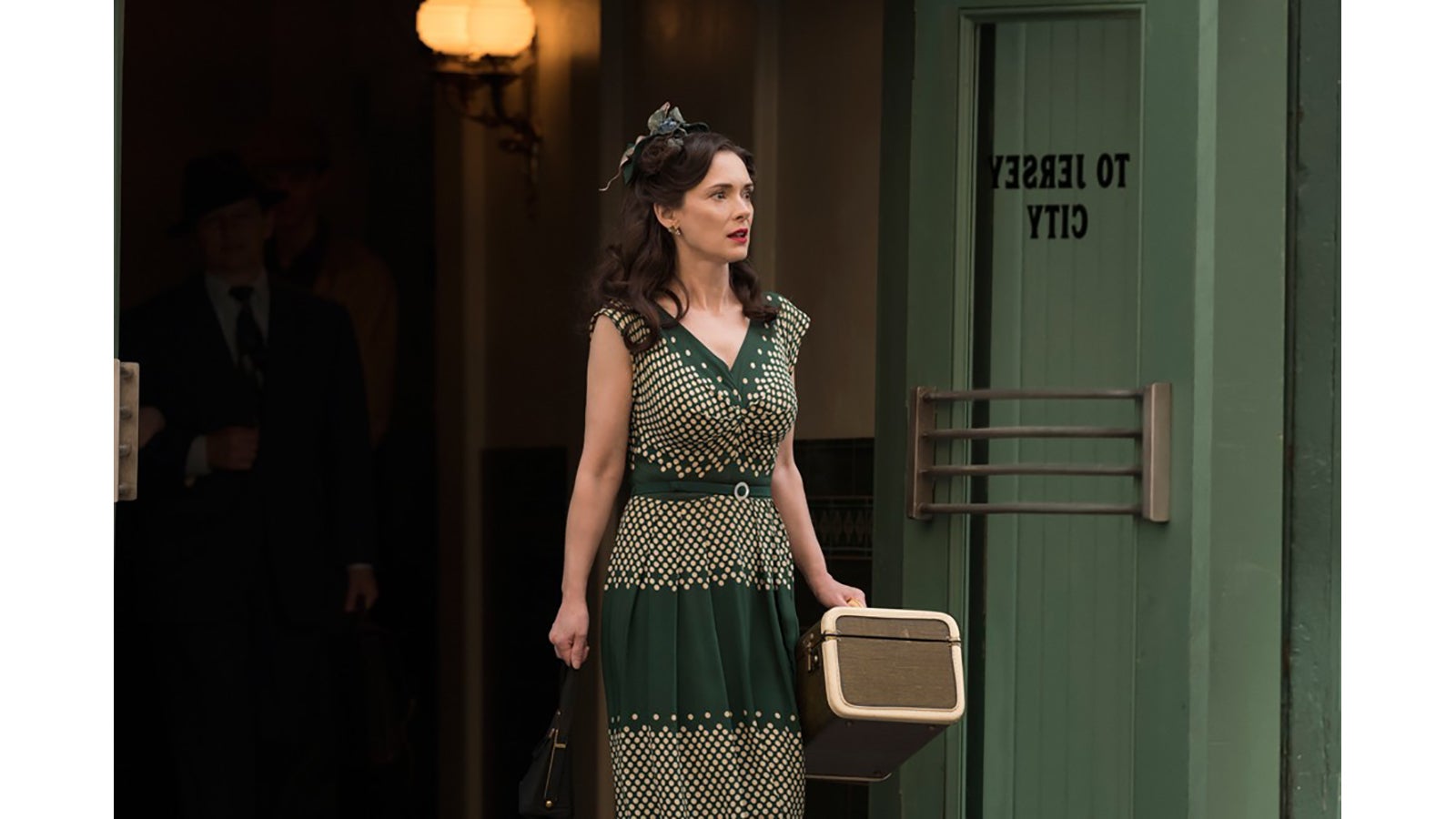
Evelyn Finkel (Winona Ryder), Credit: Michele K. Short/HBO
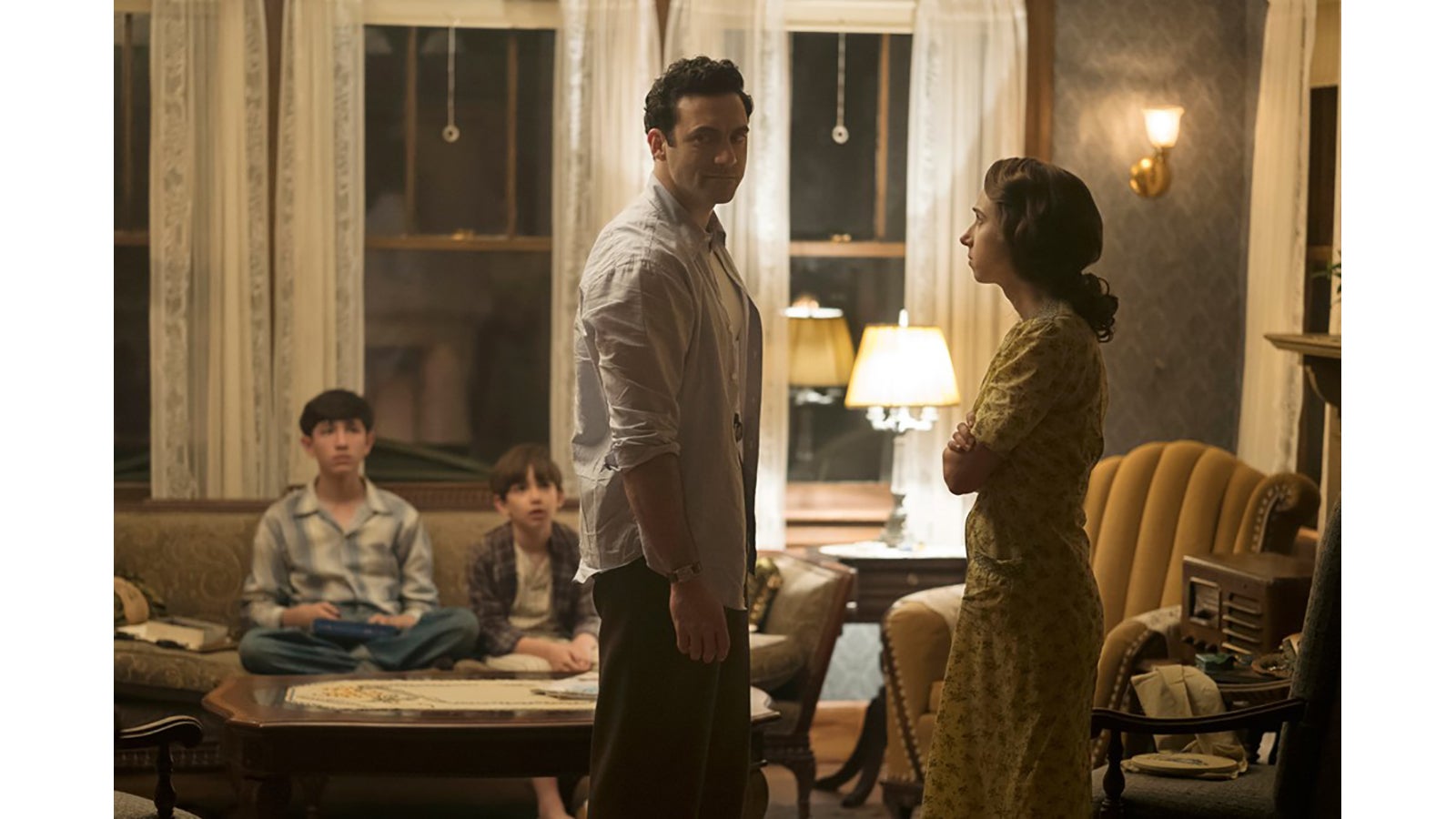
Herman Levin (Morgan Spector) & Elizabeth “Bess” Levin (Zoe Kazan), Credit: Michele K. Short/HBO
